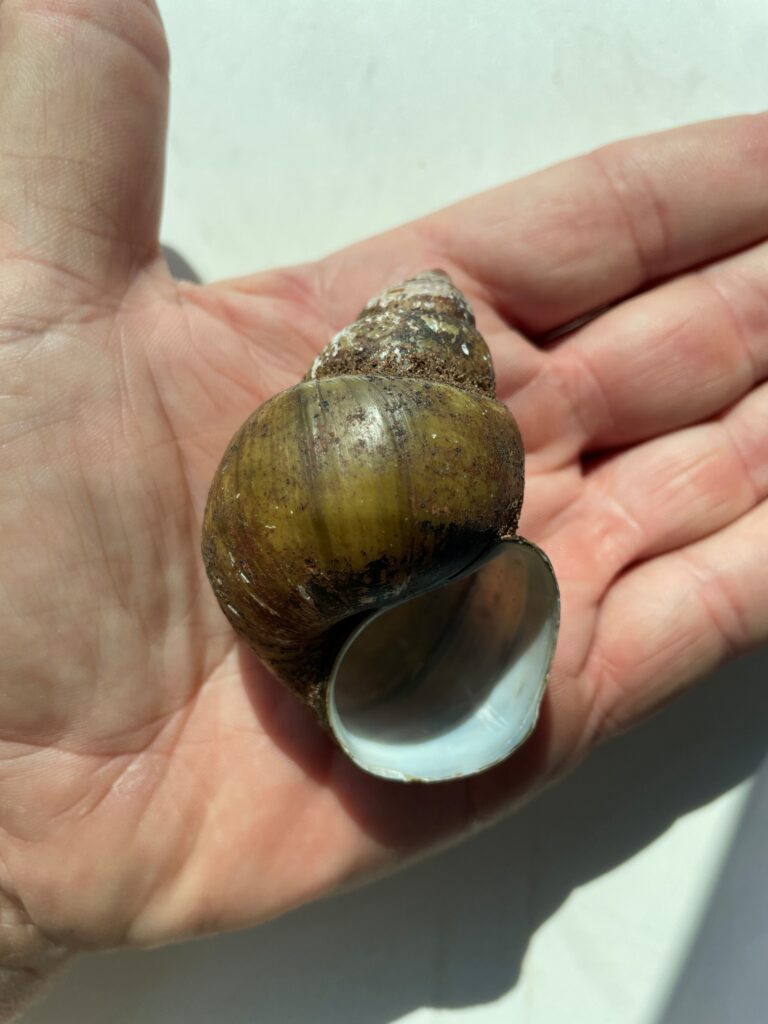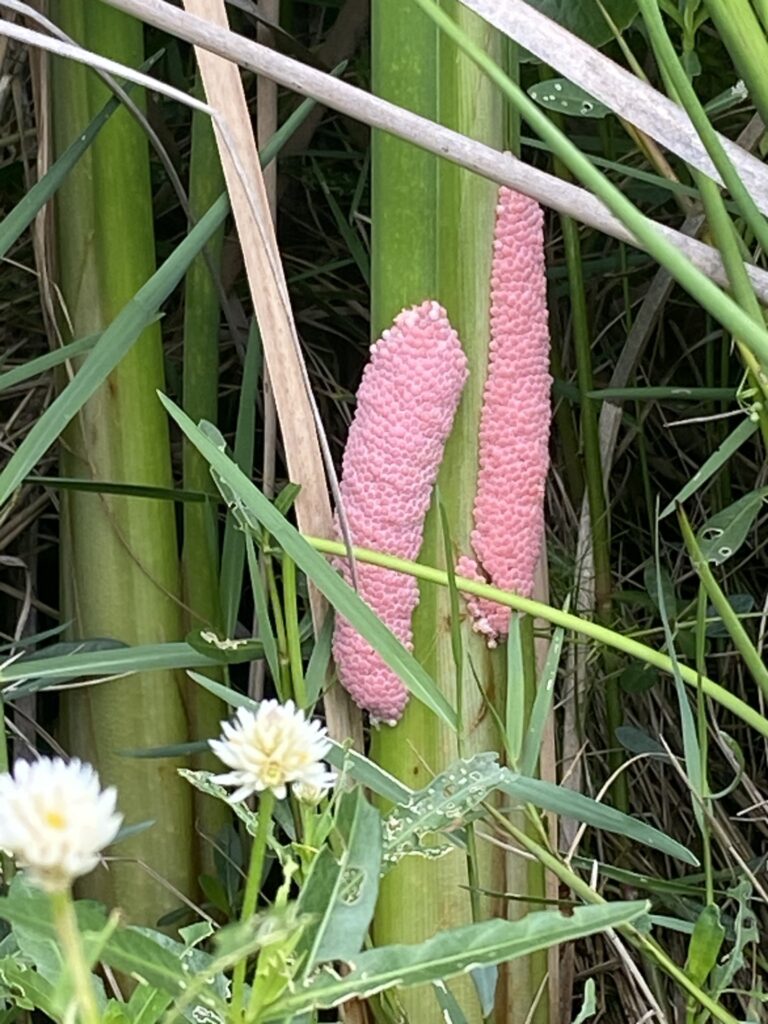Did you plant to get your garden planted next Friday? When I was growing up Good Friday was the traditional date to get warm weather vegetables like tomatoes, peppers, okra and corn in the ground. Based on history, a freeze was unlikely to kill the young plants after Good Friday each year.
Sometimes it doesn’t work out. About 15 years ago I left Griffin in late April to fish a Top Six tournament at Lake Seminole. On the way down near Bainbridge I passed hundreds of acres of newly planted commercial tomato fields.
It got so cold the weekend that I went into town and bought the last electric space heater at Walmart. My small motor home had propane heat but I did not want to use it, and it was way too cold without any heat. There was frost on the boat Friday and Saturday mornings.
By Tuesday afternoon on the way home the temperature was in the low 80s. But those hundreds of acres of small tomato plants had wilted and dead plants. The farmers lost every plant in the ground. But if they had waited to plant they might have missed the peak of the sale season.
Farming is a big gamble.
At home we always had a huge garden and ate home canned and frozen vegetables all winter. Every night during the summer was dedicated to snapping beans and shelling peas and butter beans. The next day mama spent all day putting them up.
Our big corn patch usually was ready for pulling in mid-June. We would go down to the patch at daylight the day daddy chose to pick and a few hours later the bed of the truck would be full to the top of the cab with ears of corn.
Back at the house we got a huge pot of water boiling under the carport on daddy’s fish cooker. We had a production line, one would shuck the corn, the next cut the end and any bad places from worms off and silk it. Then a third person would drop it in the cooker in batches and time it.
After about three minutes the basket was pulled out and carried inside where mama had a sink of ice water waiting. After cooling for a few minutes, we either rolled each ear in tinfoil and froze it or cut it on a board made for creaming corn and put it into containers to freeze.
One June I was staying at my camper at the lake for a week and the fish had been biting pretty good. Daddy came by late in the afternoon and told me to come on, we would pick corn the next day. As much as I hated leaving the lake I followed him home.
The next day was a typical madhouse of activity from daylight until about 2:00 when we finished processing several hundred ears. Although I was tired I got in my van and headed to the lake where my boat floated in the water in front of my camper. For the next five hours, until dark, I had one of those days we all dream of having.
It seemed every point I fished with a Texas rigged Jelly Worm had a quality bass on it. I caught about two dozen largemouth, with four weighing six pounds or more on my DeLiar scales. There were several more in the three to four pound range.
I have never had such good fishing since then. And every time I eat corn I think about that afternoon and my seeming reward for hard work.
I really miss the great food those gardens produced and wish I could still do the work required to have it!
—-








